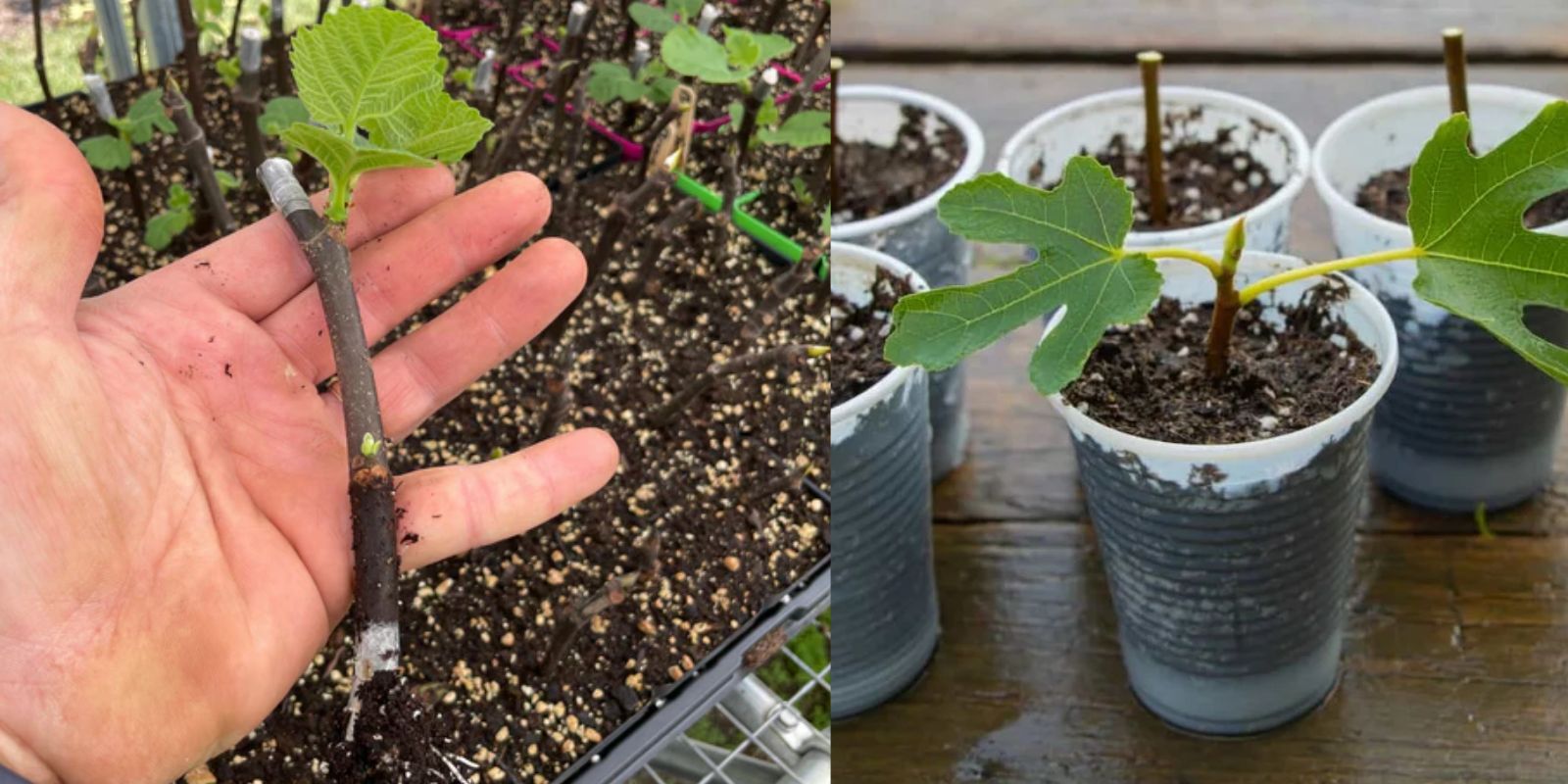Fig trees are a timeless addition to any garden, known for their luscious fruit, fast growth, and adaptability. Whether you’re an experienced gardener or a beginner looking for a fulfilling project, propagating fig trees from cuttings is a rewarding process. This article will walk you through an easy yet unique method to propagate fig trees, ensuring success even for first-time gardeners.
Why Propagate Fig Trees from Cuttings?
Propagating fig trees from cuttings is cost-effective and simple. Unlike growing from seeds, which can result in unpredictable fruit quality, cuttings produce trees identical to the parent plant. This method also saves time—rooting cuttings allows you to bypass the slow germination process and ensures quicker fruiting.
Additionally, fig trees are forgiving and thrive in various climates. Whether you have a sprawling garden or a cozy balcony, you can enjoy homegrown figs with this straightforward propagation method.
Getting Started: Choosing the Right Time and Cuttings
The success of your propagation journey begins with timing and selecting healthy cuttings. Late winter to early spring, when the tree is dormant, is the ideal time to collect cuttings. During this period, the plant focuses energy on root development rather than foliage, increasing the likelihood of success.
Selecting the Perfect Cutting
- Choose a branch that is approximately 6-8 inches long and pencil-thick in diameter.
- Ensure the branch is from a healthy, disease-free tree.
- Look for nodes—small bumps where roots and new growth will emerge.
Step 1: Preparing Your Fig Tree Cuttings
After selecting the cuttings, proper preparation is crucial. Here’s how:
- Trim the Base: Using sterilized pruning shears, cut the bottom end just below a node. Nodes are essential as they are where the roots will grow.
- Remove Leaves and Excess Growth: Strip off any leaves or buds on the lower half of the cutting.
- Optional—Use Rooting Hormone: Although fig trees are naturally good rooters, dipping the base in a rooting hormone can accelerate the process and boost your success rate.
Step 2: Preparing the Growing Medium
Fig cuttings require a growing medium that retains moisture while allowing adequate drainage. You can use:
- A mix of perlite and peat moss
- Coco peat
- Potting soil mixed with sand for better aeration
Why These Mediums Work
These combinations strike the perfect balance between holding moisture and preventing waterlogging, which is critical for rooting success.
Step 3: Planting the Cuttings
- Fill a container or pot with your chosen growing medium. Ensure the pot has proper drainage holes.
- Insert the cutting 2-3 inches deep into the medium, ensuring at least one node is buried.
- Gently press the soil around the base to secure the cutting and eliminate air pockets.
Step 4: Creating a Greenhouse Effect
To encourage root growth, fig cuttings need warmth and consistent humidity. You can achieve this by creating a mini greenhouse:
- Cover the pot with a plastic bag, ensuring it doesn’t touch the cutting.
- Use sticks or stakes to prop up the bag.
- Keep the bag loosely sealed to allow air circulation.
This step traps humidity and warmth, mimicking a greenhouse environment ideal for rooting.
Step 5: Caring for Your Cuttings
- Watering: Keep the soil consistently moist but avoid overwatering, which can lead to rot.
- Light: Place the pot in a bright, indirect light location. Avoid direct sunlight, which can scorch the cutting.
- Temperature: Maintain a temperature of 65–75°F (18–24°C) to encourage healthy root growth.
Step 6: Watching for Growth
Patience is key when propagating fig trees. You can expect roots to form within 4-6 weeks. Look for these signs:
- Roots: Gently tug the cutting; resistance indicates root growth.
- New Leaves: Emerging leaves are a clear sign that the cutting has taken root and is thriving.
Step 7: Transplanting to a Permanent Location
Once the cutting has developed strong roots and several new leaves, it’s time to transplant it into a larger pot or garden bed.
- Choose a location with well-draining soil and at least six hours of sunlight daily.
- Dig a hole twice as wide as the root system but the same depth.
- Place the rooted cutting in the hole, backfill with soil, and water thoroughly.
Tips for Healthy Fig Trees
- Watering: Fig trees prefer deep watering once the topsoil feels dry. Avoid frequent shallow watering, which can weaken the roots.
- Fertilization: Feed your fig tree with a balanced fertilizer during the growing season. Reduce feeding in fall and winter.
- Pruning: Regular pruning helps maintain shape, removes dead wood, and promotes fruit production.
Why This Method Works
This propagation method ensures optimal conditions for root development, including moisture, warmth, and aeration. The greenhouse effect reduces stress on the cutting, while the nutrient-rich medium encourages robust growth.
Conclusion
Propagating fig trees from cuttings is an accessible and rewarding way to grow your own trees at home. By following these steps, you can enjoy the satisfaction of watching your cutting transform into a thriving tree that bears delicious fruit. Whether you’re a gardening enthusiast or a curious beginner, this unique technique will exceed your expectations.
Have you tried propagating fig trees before? Share your experiences or questions in the comments below!
#FigTreePropagation #GrowYourOwnFood #GardeningTips #FruitGarden #SustainableGardening #FigLovers #HomeGardening

